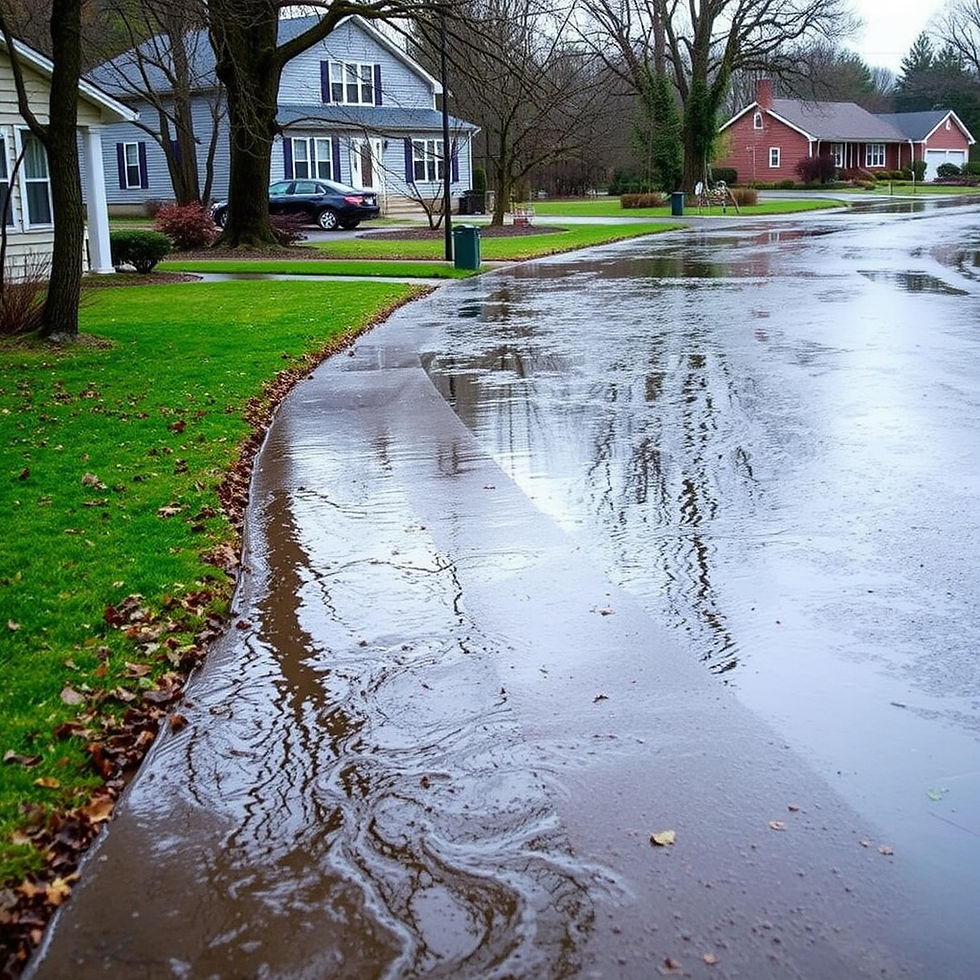How to Clean Your Kitchen Floor: A Step-by-Step Guide
- Jayant Upadhyay
- Apr 17
- 4 min read

Keeping your kitchen floor clean is crucial for maintaining a hygienic home environment. Floors can accumulate dirt, spills, and other debris quickly, especially in a high-traffic area like the kitchen. This comprehensive guide will walk you through the process of cleaning various types of kitchen flooring, provide practical tips, and recommend effective cleaning products to ensure your kitchen floor remains spotless.
Why a Clean Kitchen Floor Matters
Having a clean kitchen floor does more than improve aesthetics; it plays a significant role in your kitchen's overall hygiene. Food particles, spills, and bacteria can lead to unpleasant odors and health hazards. Regular cleaning not only helps prevent these issues but also prolongs the life of your flooring material. For instance, hardwood floors can warp if not cleaned properly, while tile floors can become stained and grimy over time.

Understanding Different Types of Kitchen Flooring
Before diving into a cleaning routine, it's essential to identify your kitchen flooring type. Each kind requires specific cleaning techniques and products for the best results. Here are some common kitchen flooring materials:
Tile Floors
Tile flooring is durable and water-resistant, making it a popular choice for kitchens. However, grout lines can trap dirt and stains, requiring regular attention.
Vinyl Floors
Vinyl flooring is affordable and easy to install. It's resistant to moisture but can scratch easily, so choose your cleaning products carefully.
Hardwood Floors
Hardwood floors add warmth and charm to kitchens. However, they can be sensitive to water and harsh chemicals, so use gentle cleaning solutions.
Laminate Floors
Laminate floors are visually appealing and cost-effective but require careful handling during cleaning to avoid water damage.

Essential Cleaning Products
The right cleaning products can make your job much easier. Here’s what you might need based on your kitchen floor type:
For Tile Floors: Use a pH-balanced tile and grout cleaner. Avoid harsh chemicals that can damage the grout.
For Vinyl Floors: A mixture of warm water and a few drops of dish soap works well. You can also consider a vinyl floor cleaner for tougher stains.
For Hardwood Floors: Choose products specifically designed for hardwood flooring. Avoid water and opt for damp mopping instead of wet.
For Laminate Floors: Use laminate floor cleaners that are specifically formulated and avoid excessive water to prevent warping.
Step-by-Step Cleaning Instructions
Now that you understand the different flooring types and have your cleaning supplies ready, it’s time to get to work. Follow these simple steps to ensure your kitchen floor is squeaky clean.
Step 1: Gather Your Supplies
Make sure you have everything you need:
Broom or vacuum
Mop (appropriate for your flooring type)
Cleaning solution based on your flooring
Bucket (for mixing cleaning solutions)
Soft cloth for drying (if necessary)
Step 2: Clear the Area
Remove any furniture or items on the floor. This makes it easier to clean every inch of the surface. Being able to move freely is crucial for effective cleaning.
Step 3: Sweep or Vacuum
Start by sweeping or vacuuming the floor to remove dust, dirt, and debris. Make sure to pay attention to corners and edges where dirt tends to accumulate.
Step 4: Prepare Your Cleaning Solution
Mix your chosen cleaning product according to the manufacturer’s instructions. For natural cleaning solutions, a mixture of vinegar and water can be highly effective for many materials (but avoid vinegar on the hardwood and laminate).
Step 5: Mop the Floor
Using the mop and your cleaning solution, start mopping from one corner of the room and work your way toward the exit. This technique ensures you don’t walk on the freshly cleaned areas. Rinse your mop frequently to avoid spreading dirty water.
Step 6: Dry the Floor
If your flooring type requires it, use a soft cloth or towel to dry any excess moisture. This is especially important for hardwood and laminate floors to prevent water damage.

Maintenance Tips for Long-Lasting Clean Floors
A clean floor is just the beginning. Maintaining your kitchen floors involves regular upkeep. Here are several tips to keep your kitchen flooring looking its best:
Routine Cleaning: Aim to sweep or vacuum your floor at least once a week, and mop lesser-used areas every month.
Spill Management: Clean food and drink spills immediately to prevent stains and avoid sticky spots.
Use Rugs: Consider placing rugs in high-traffic areas. They catch dirt and protect the floor beneath them.
Avoid Harsh Chemicals: Stick to recommended cleaning products suitable for your flooring to avoid damage.
Regular Inspections: Periodically check for signs of wear and tear, such as scratches or broken tiles, and address these issues promptly.
When to Seek Professional Help
Sometimes, your kitchen floor might require more than just a standard cleaning. If you notice deep-set stains, persistent odors, or damage that cleaning cannot fix, it might be best to call in professionals. They have the tools and expertise necessary to handle more significant issues without risking further damage to your flooring.
Final Thoughts on Maintaining Your Kitchen Floor
By following these simple steps and recommendations, you can ensure that your kitchen floor remains clean and hygienic. Investing time in regular maintenance not only improves your home's appearance but also enhances your overall kitchen experience. A spotless kitchen floor is not just a visual delight; it’s a healthy choice for your family.
Always remember, a clean kitchen fosters a positive cooking environment, allowing you to enjoy your culinary adventures to the fullest! If you would like to explore more cleaning tips and tricks, consider checking out “The Ultimate Guide to Home Cleaning” for additional insights and methods.
Feel free to share your own experiences or tips in the comments below! Happy cleaning!



Comments